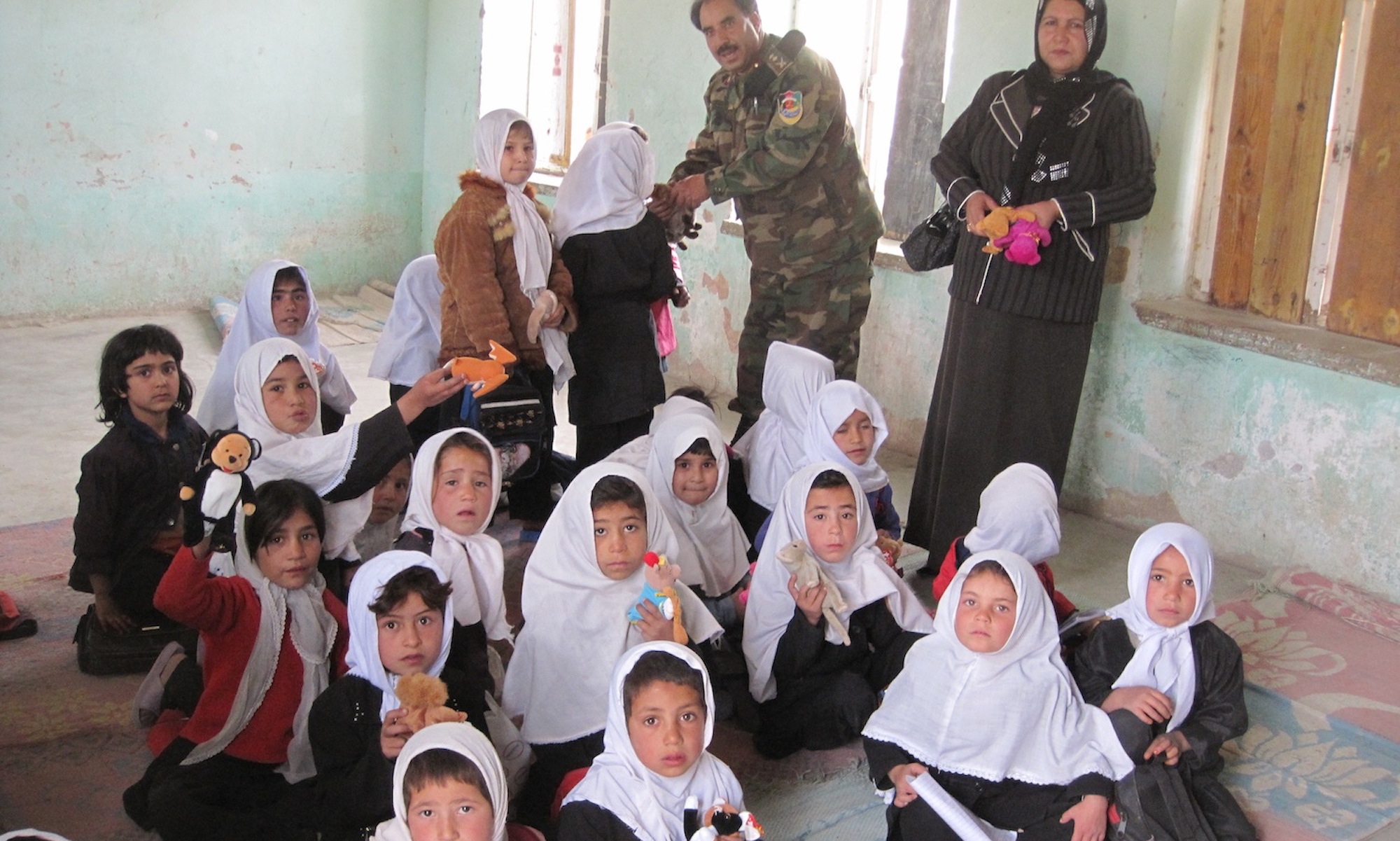Why do interstate interventions, even when carried out with the best of intentions, so often fail to contain conflicts and support a peaceful settlement? We argue that the extent of local participation exerts a strong effect on the prospects for successful peace-building and reconstruction efforts in the wake of humanitarian interventions. Even though the population in target countries may sympathize with the goal of the intervention, local populations are unlikely to feel a personal attachment to a solution externally imposed unless actively consulted or involved in the intervention strategy. Humanitarian interventions without some form of local participation are likely to create cognitive dissonance among the local population between the outcome and the means chosen to implement it. We evaluate our hypotheses about the relationship between local involvement and successful post-conflict reconstruction by looking at variation in conflict and local involvement over time in two humanitarian interventions, Bosnia (1991-95) and Somalia (1987-97). Consistent with our hypotheses about how lack of local involvement can undermine post-conflict reconstruction efforts in the wake of interventions, we find that phases with more local involvement are associated with lower levels of conflict.

INSCT Postconflict Research Database
The Institute for National Security and Counterterrorism's Postconflict Research Database & Analysis Project stores cross-indexed bibliographic information on hundreds of journal articles, books, book chapters, and case reports that address the broad, interdisciplinary fields of postconflict reconstruction, stabilization, and peacebuilding.
14 Replies to “Why Humanitarian Interventions Succeed or Fail: The Role of Local Participation”
Comments are closed.